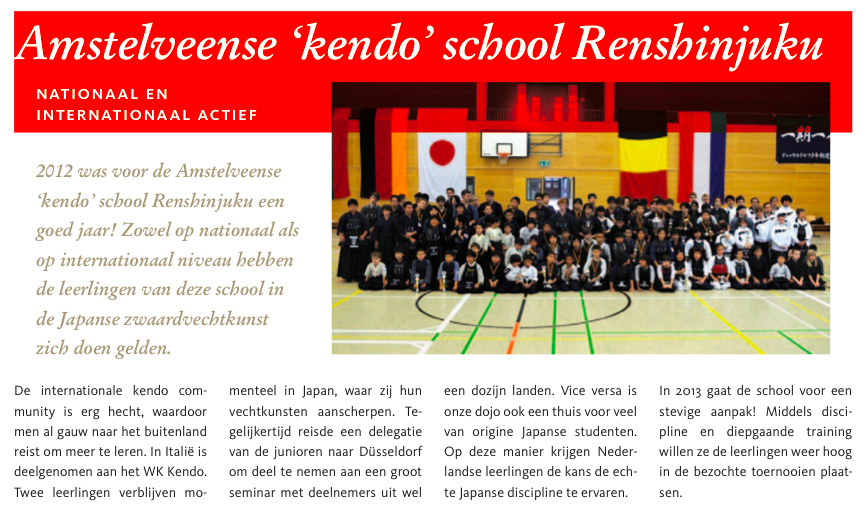Quoting the official invitation:
===================================================
You are cordially invited to attend the celebration of Hatsumode (the Seasonal First Visit to the Shrine) on New Year’s Day 2013 January 1st.
Hotel Okura Amsterdam
Otter and Esperance Room
Ferdinand Bolstraat 333
Amsterdam
16:00- 17:00
Free entrance
Donations appreciated
Program:
15:30 Registration of guests
16:00 Shinto ceremony: Hatsumode
17:00 Naorai (congratulatory toast with sake)
18:00 End
RSVP: Please reply before December 24th to confirm your attendance. Send to office@shinto.nl. After December 24th you will receive a confirmation.
Hatsumode is the seasonal first visit to the shrine in order to receive the pure blessings of nature. During New Year’s Day the guests of Hotel Okura may visit a special shrine that is temporarily constructed (see picture below). Due to the gracious courtesy of Hotel Okura we can celebrate the Grand New Year ceremony for the 8th time. Since 8 is an auspicious number, we expect this ceremony will attract many guests. We recommend replying as soon as possible.
The ceremony will be performed by drs. Paul de Leeuw, Shintomaster and Yurie Umamoto, Miko.Geciteerd uit de officiële uitnodiging:
============================================
Hierbij nodigen we u van harte uit voor de viering van Hatsumode. Dit gebeurt op 1 januari 2013.
Hotel Okura Amsterdam
Otter and Esperance Zaal
Ferdinand Bolstraat 333
Amsterdam
Toegang gratis
Donaties welkom
Programma:
15:30 Ontvangst
16:00 Shintoceremonie: Hatsumode
17:00 Naorai (feestelijke dronk met sake)
18:00 Afsluiting
Op nieuwjaarsdag bezoeken miljoenen Japanners de plaatselijke shintoschrijn om het nieuwe jaar schoon te beginnen. Dit eerste bezoek aan de schrijn heet hatsumode.
Voor Japanners die in Europa wonen en die de nieuwjaarsdagen niet thuis in Japan kunnen vieren, biedt Hotel Okura in Amsterdam een speciaal nieuwjaarsprogramma. Hierbij hoort uiteraard ook hatsumode. Voor de 8e opeenvolgende keer zal drs. Paul de Leeuw in een van de prachtige zalen van Hotel Okura een tijdelijke shintoschrijn opbouwen, die de hotelgasten de hele dag kunnen bezoeken. Dankzij de welwillende medewerking van Hotel Okura kunnen we deze shintoschrijn ook voor u openstellen om een bijzondere nieuwjaarsceremonie te houden om 4 uur ‘s middags. De Ceremonie wordt uitgevoerd door Paul de Leeuw, Shintomeester en Yurie Umamoto, Miko.
Vanwege beperkte plaatsruimte wordt u dringend verzocht tijdig te reserveren. Na 24 december zult u een bevestiging ontvangen.
RSVP Graag vóór 24 december reserveren: office@shinto.nl

